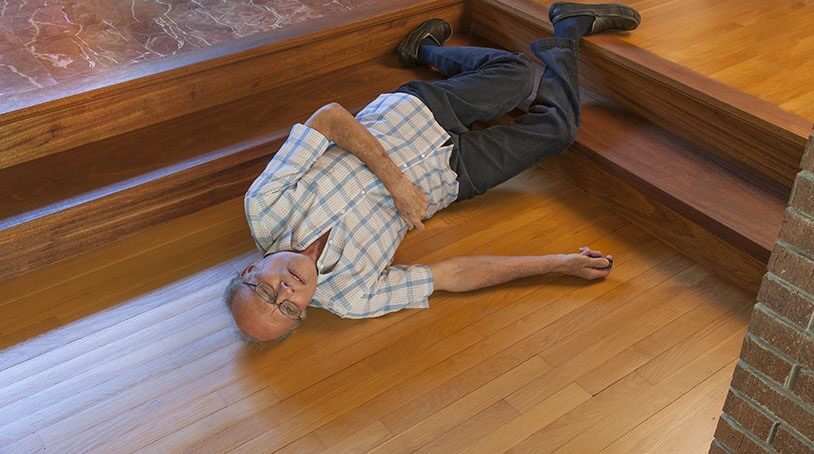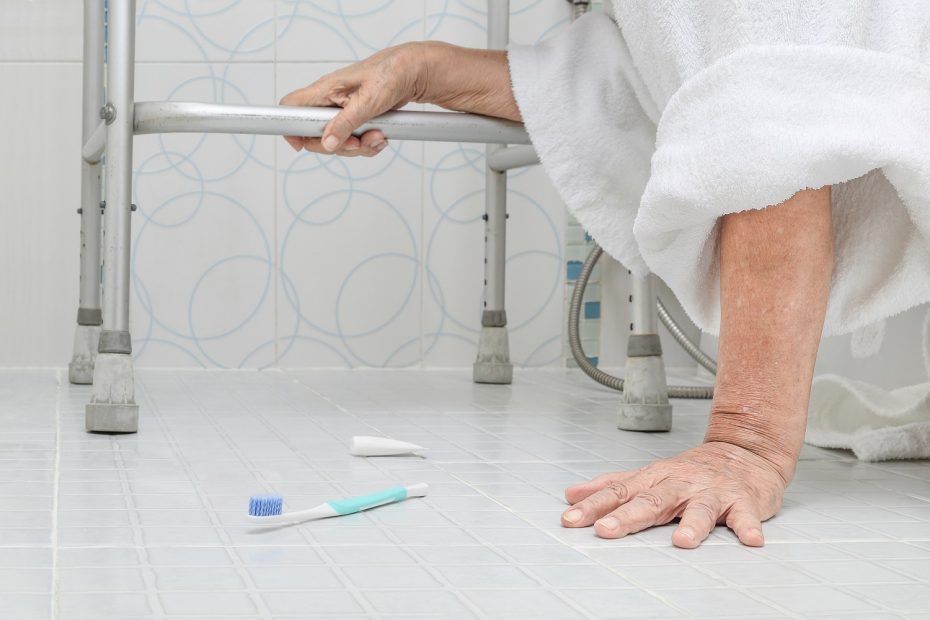In today’s world, ensuring the safety of our loved ones, especially the elderly, is of utmost importance. Among various safety measures, fall detection reliability in real life is a topic that has gained significant attention. As family caregivers, it’s crucial to understand how reliable these systems are and what factors influence their effectiveness.

Understanding Fall Detection Systems
Fall detection systems are designed to automatically detect when a person has fallen and alert caregivers or emergency services. These systems often use a combination of sensors, algorithms, and sometimes even machine learning to differentiate between a real fall and other activities that might mimic a fall.
The Importance of Reliability
When it comes to fall detection, reliability is key. A reliable system can mean the difference between a timely response and a delayed one, which can have serious consequences. Therefore, understanding how reliable these systems are in real life scenarios is crucial for making an informed decision.
Factors Influencing Reliability
Several factors can affect the reliability of fall detection systems. These include the type of sensors used, the algorithms that interpret the data, and the environment in which the system operates.
Types of Sensors
Different systems use different types of sensors, such as accelerometers, gyroscopes, and barometers. Each type of sensor has its own strengths and weaknesses, affecting the system’s overall reliability.
Algorithm Accuracy
The accuracy of the algorithms used to interpret sensor data is another critical factor. Advanced algorithms are capable of distinguishing between a fall and other types of movements, reducing false alarms and improving reliability.
Real Life Applications
In real life, fall detection systems are used in various settings, including homes, assisted living facilities, and hospitals. Each setting presents unique challenges that can affect the system’s performance.
Home Use
At home, factors such as furniture arrangement, flooring type, and even pets can influence the system’s effectiveness. It’s essential to consider these factors when choosing a system for home use.
Assisted Living Facilities
In assisted living facilities, the presence of multiple residents and staff can create a complex environment for fall detection systems. Reliable systems are those that can accurately detect falls amid such complexities.
Case Studies and Research
Several studies have been conducted to evaluate the reliability of fall detection systems in real life. These studies provide valuable insights into the strengths and weaknesses of various systems.
Recent Research Findings
Recent research has shown that while some systems perform exceptionally well in controlled environments, their reliability can decrease in real life settings. This highlights the importance of considering real life performance when choosing a system.
Case Study Examples
Case studies from various settings, such as hospitals and homes, illustrate how different systems perform in real life. These examples can help caregivers make informed decisions about the best system for their needs.
Improving Reliability
While current systems offer a good level of reliability, there’s always room for improvement. Continuous advancements in technology are paving the way for more reliable systems.
Technological Advancements
Emerging technologies, such as artificial intelligence and machine learning, are being integrated into fall detection systems. These technologies hold the promise of enhancing reliability by improving the accuracy of fall detection.
Practical Tips for Caregivers
For caregivers, understanding the limitations of current systems and taking practical steps to enhance reliability, such as regular maintenance and updates, can make a significant difference.
Choosing the Right System
With numerous options available, choosing the right fall detection system can be challenging. It’s essential to consider factors such as reliability, ease of use, and compatibility with other safety measures.
Key Considerations
When selecting a system, consider factors like the coverage area, alert mechanisms, and user-friendliness. A system that meets the specific needs of your loved one will offer the best reliability.
Expert Recommendations
Consulting with experts and reading user reviews can provide valuable insights into the reliability of different systems. Expert recommendations can guide you in making an informed choice.
Conclusion
Ensuring the reliability of fall detection systems in real life is crucial for the safety and well-being of our loved ones. By understanding the factors that influence reliability and taking proactive steps, caregivers can choose the best system for their needs.

FAQs
How do fall detection systems work?
Fall detection systems use sensors and algorithms to detect falls and send alerts to caregivers or emergency services.
Are all fall detection systems reliable?
Not all systems are equally reliable. Factors such as sensor type, algorithm accuracy, and environmental conditions can affect reliability.
Can fall detection systems be used at home?
Yes, many fall detection systems are designed for home use. It’s important to consider factors like furniture arrangement and flooring type when choosing a system for home use.
For more detailed information on fall prevention, visit this comprehensive guide on preventing falls among the elderly.
For more insights on how technology is transforming elderly care, explore elderly care solutions and privacy-friendly fall detection options.
This article contains affiliate links. We may earn a commission at no extra cost to you.






